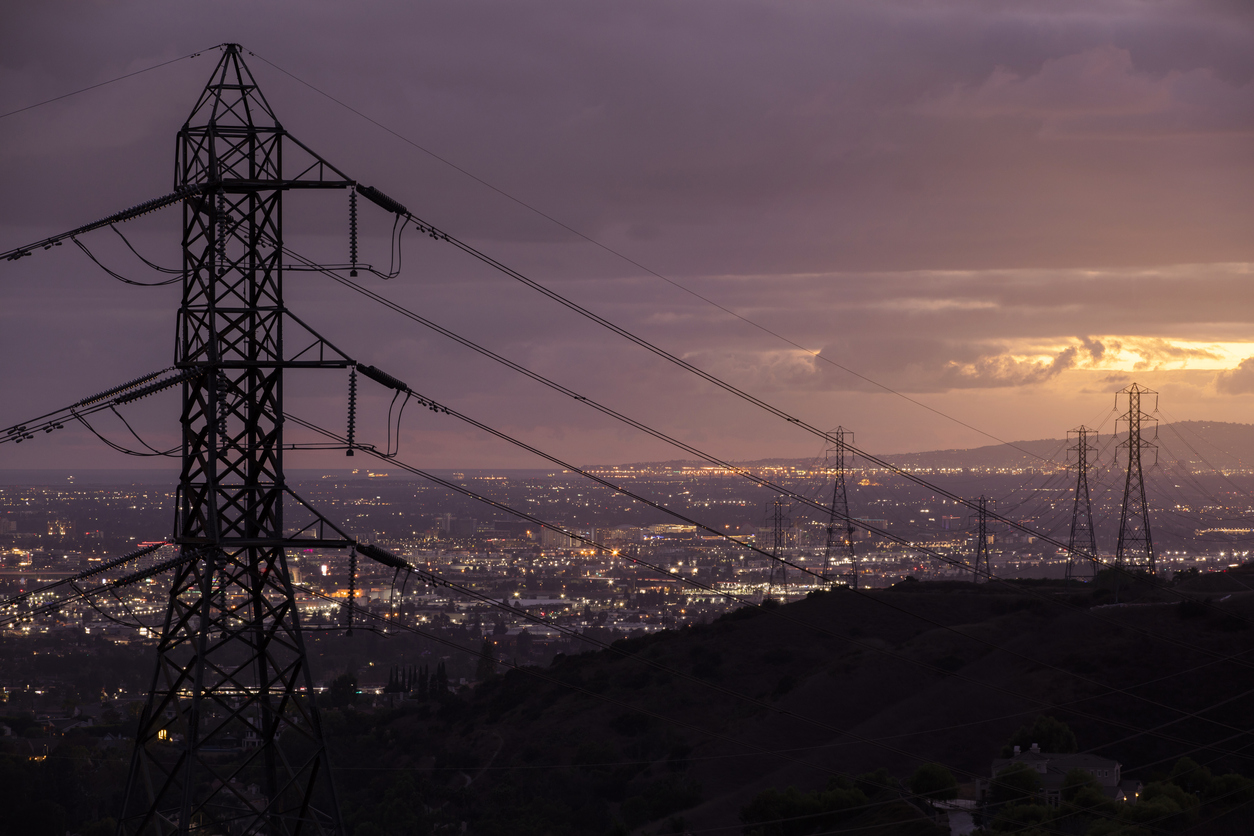Power utility's underlying generation capacity does not look good.

Eskom grid stable, for now, power cuts to cease from Saturday. Image iStock
It is not clear publicly just how bad the picture is across Eskom’s aging coal power station fleet.
Strong indications are that things are bad.
The utility has not published a weekly system status report since the start of October and its public data portal has not been updated since last Wednesday.
It says there has been a “fairly significant failure of the data support system” but that this “will be resolved soon”. It is unclear whether this and the failure to update its weekly system status reports are related.
What we do know is that Eskom is currently barely managing to generate 26 000 megawatts (MW) of power to meet peak demand in the evenings.
ALSO READ: Energy expert Ted Blom accuses Eskom of lying about load shedding
Factoring in the contribution from renewable generation at the peak, there remains a shortfall of between 3 000MW and 4 000MW to meet demand.
How Eskom managed to stick to stage 2
To avoid stage 4 load shedding this week – where 4 000MW of demand is removed – it is relying on most of its 14 open cycle gas turbine (OCGT) peaking plants and is cutting supply to its large industrial customers, including South 32’s aluminium smelters near Richards Bay. On Monday, it removed 1 200MW of supply to these customers.
Eskom implemented stage 2 (a shortfall of 2 000MW) load shedding from Friday (October 8). At that point, it said this would be until Thursday, October 14, at 5am. However, generating capacity has not improved materially since then.
ALSO READ: Municipal infrastructure ‘unable to cope’ with load shedding – De Ruyter
Its 14 OCGT plants can generate up to 2 067MW of power. So far this week, it has been supplementing its baseload generation capacity at peak with as much as 1 800MW from these plants.
When one removes the additional sources of generating capacity, in other words everything except coal, the picture starts to look problematic.
- Peak generation capacity ±26 000MW
- OCGTs ±1 800MW
- Nuclear generation 1 846MW
- International imports ±1 200MW (Cahora Bassa hydroelectric).
Imports were halved last Friday as maintenance started at Cahora Bassa. This will be restored to full capacity of around 1 200MW on Friday morning (October 15).
It is not clear how much of its pumped water generation capacity it is using at the moment, but it is likely that it is using these schemes to provide between 1 500MW and 2 000MW of power in the evenings (never mind using these to stave off a higher level of load shedding during the day).
This means its coal fleet is producing no more than 20 000MW of electricity at the peak. The number is more than likely around 19 000MW.
Capacity versus reality
Eskom says its installed capacity is 48 585MW. This includes non-commercial units at Kusile (likely two of the outstanding three).
Remove Koeberg, OCGTs and imports from this capacity, and you are left with around 41 000MW of coal capacity.
This means more than 50% of Eskom’s coal fleet is offline.
On Wednesday afternoon the utility announced the suspension of load shedding from 5am on Thursday, as planned, but cautions that “there are still significant risks to some generating units, which would force Eskom to implement load shedding at short notice should we lose any further generation capacity”.
ALSO READ: Load shedding set to stop but system still shaky
Last week it said there had been breakdowns of generating units at Kriel, Tutuka, Grootvlei, Kendal, Kusile, Komati and Hendrina power stations.
It said “whilst still recovering four units at Tutuka, which had experienced conveyor belt failures, the fleet suffered a cluster of boiler tube leaks within a short period of time”.
Certain of these units will likely have already returned to service, but based on the peak generating capacity picture shared each evening, it is equally likely that other plants suffered breakdowns.
It says it expects units to return to service at Kriel, Majuba, Hendrina, Lethabo and Tutuka power stations overnight and over the next few days.
It says total breakdowns amount to 14 868MW of capacity, with planned maintenance at 5 277MW. These figures are virtually identical to the data shared on Friday night (14 982MW and 5 334MW). The explosion at Unit 4 at Medupi in August, which has left 800MW of capacity out of service for what is expected to be the next two years, is included in the planned maintenance figure.
CEO Andre de Ruyter told eNCA on Wednesday that the utility is working to avoid load shedding as the country heads into election season.
NOW READ: NMB residents, businesses demand powership to stave off load shedding
This article first appeared on Moneyweb and was republished with permission. Read the original article here.
Download our app




